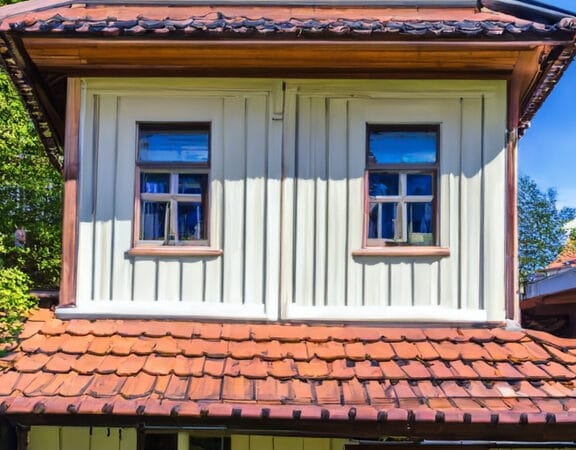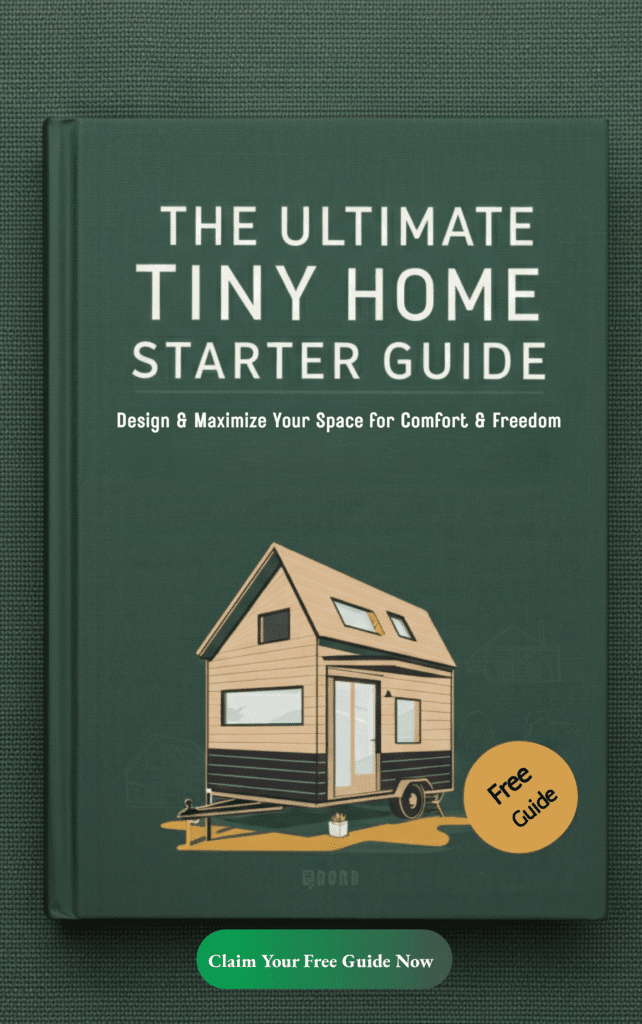Tiny houses have a long history of tiny houses, evolving from ancient huts to modern eco-friendly homes. In this article, we’ll explore how tiny houses have changed over time, influential figures behind the movement, and their growing popularity. Discover the historical roots and reasons behind today’s tiny house allure.
- Key Takeaways
- Early Inspirations: The Origins of Tiny Houses
- Pioneers of the Modern Tiny House Movement
- The Rise of the Tiny House Movement
- Tiny Houses as Solutions for Homelessness
- Tiny Houses in Disaster Relief Efforts
- Evolution of Tiny House Designs
- Legal and Regulatory Milestones
- Media Influence on the Tiny House Trend
- Environmental Benefits of Tiny Living
- Future of the Tiny House Movement
- Summary
- Frequently Asked Questions
Key Takeaways
The tiny house movement has historical roots dating back to Thoreau’s minimalist philosophy and early simplistic shelters, promoting efficiency and resourcefulness.
Modern pioneers like Jay Shafer and Sarah Susanka have significantly shaped the movement, emphasizing sustainability and a desire for meaningful living spaces.
Tiny houses serve as effective solutions for homelessness and disaster relief, showcasing their versatility and potential impact on affordable housing and community support.
Early Inspirations: The Origins of Tiny Houses

While tiny houses may appear to be a contemporary trend, their origins stretch back through history. An early influence on the tiny house movement is Henry David Thoreau. In 1854, he published ‘Walden,’ reflecting on simple living in natural surroundings. His advocacy for a minimalist lifestyle echoes the principles embraced by today’s tiny house enthusiasts.
Long before Thoreau, early civilizations built simple shelters like huts and tents, which laid the groundwork for modern tiny homes. These rudimentary structures were designed to meet basic needs with minimal resources, embodying the essence of tiny living. Over time, these simple shelters evolved, incorporating more sophisticated designs and materials, yet the core principle of smaller living spaces remained.
Thoreau’s influence and the evolution of early shelters underscore the enduring allure of tiny houses. The movement’s promotion of minimalism and resource efficiency continues to draw from these historical foundations, setting the stage for modern pioneers to revolutionize tiny house living.
Pioneers of the Modern Tiny House Movement
Visionary pioneers have significantly fueled the modern tiny house movement. Among them is Jay Shafer, a key figure credited with launching the movement. In the early 2000s, Shafer founded the Tumbleweed Tiny House Company and introduced a 96-square-foot home on The Oprah Winfrey Show, captivating audiences with his innovative mobile home design.
Allan Wexler, an artist who explored compact living concepts starting in the 1970s, was another early figure in the movement. His work laid the groundwork for the acceptance and appreciation of smaller living spaces. Meanwhile, Sarah Susanka’s book, ‘The Not So Big House,’ emphasized the importance of maximizing living space without increasing square footage. Her ideas on sustainable living have influenced many tiny house dwellers and designers.
Together, the efforts of Shafer, Wexler, and Susanka have had a lasting impact on the modern tiny house movement. Their advocacy for simplicity and sustainability has inspired a culture that values meaningful experiences over material possessions. This shift in mindset has led to the creation of many tiny house communities and a growing interest in tiny home living.
The contributions of these pioneers highlight the significance of innovation and vision in the tiny house movement. By challenging traditional notions of housing and promoting smaller living spaces, they have paved the way for a new era of affordable, sustainable, and customizable homes.
The Rise of the Tiny House Movement

Various socio-economic factors have driven the rise of the tiny house movement. The 2008 housing market collapse, for example, left many seeking more affordable living options. Tiny houses emerged as a practical solution, allowing individuals to cut living costs without compromising comfort.
A growing preference for minimalism also contributed to the movement’s popularity. People started valuing experiences and simplicity over material possessions, aligning with the principles of tiny house living. This change in values resonated especially with millennials, who faced soaring traditional home prices and were attracted to the affordability and sustainability of tiny homes.
Media coverage, including television shows and social media platforms, further fueled the tiny house trend. Shows like ‘Tiny House Nation’ and ‘Tiny House Hunters’ brought the concept into mainstream awareness, showcasing the practical and aesthetic appeal of tiny living. As a result, the tiny house movement has continued to gain momentum, attracting a diverse audience interested in exploring a more intentional way of life.
Tiny Houses as Solutions for Homelessness
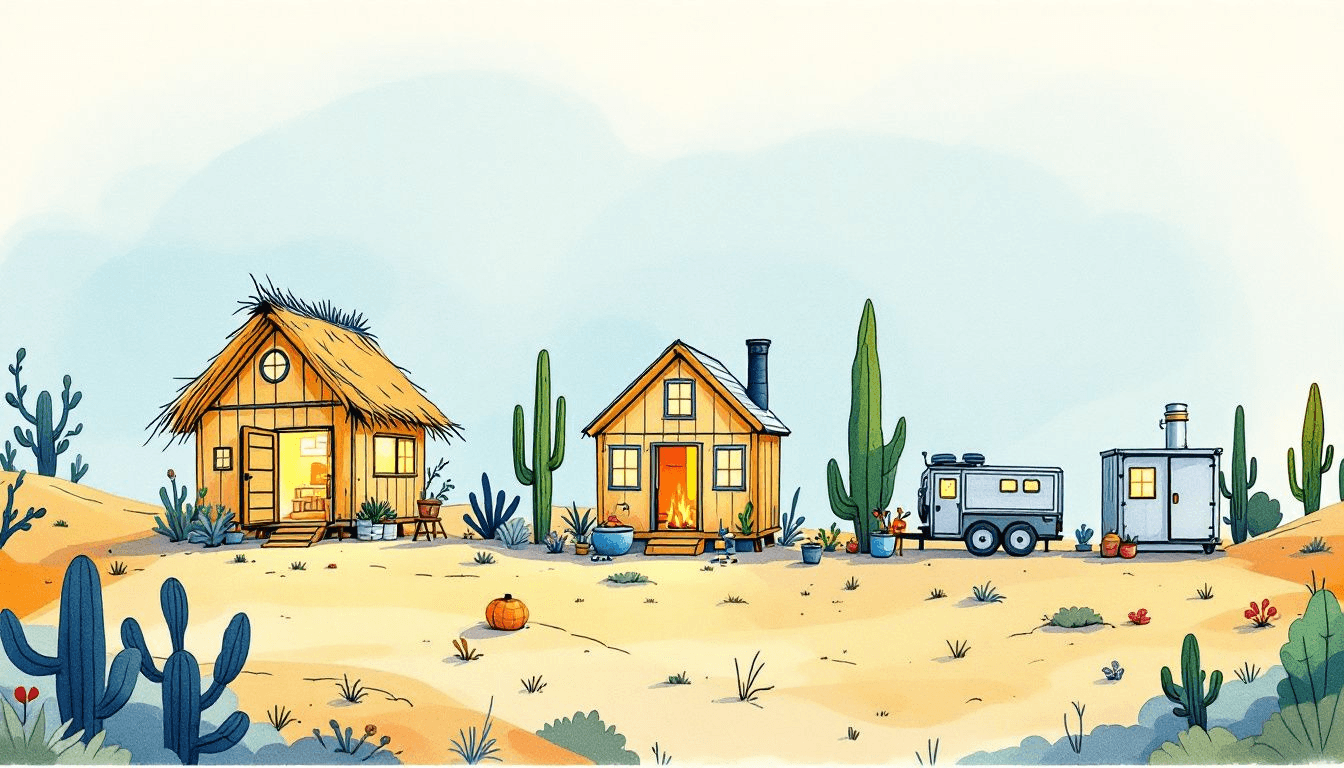
Tiny houses have proven to be a powerful tool in addressing homelessness, offering innovative and cost-effective solutions. Quixote Village in Olympia, Washington, serves as a notable example, offering a community building with essential services and emphasizing recovery and sober living. This model has been replicated in various cities, showcasing the potential of tiny house communities and the concept of a tiny house village to address chronic homelessness.
The Village of Hope in Bridgeton, New Jersey, features a re-entry program that helps formerly incarcerated individuals transition back into society. Similarly, the Veterans Community Project addresses homelessness among veterans by providing support services for health care and employment. These initiatives illustrate the versatility and effectiveness of tiny homes in offering stable housing and support.
Community First! Village in Austin, Texas, functions like a mini-city, providing residents with employment opportunities and essential services. This holistic approach addresses housing needs while fostering a sense of community and self-sufficiency. Cities such as Eugene, Olympia, Ithaca, and Seattle have also adopted tiny houses as shelters for the homeless, further proving their effectiveness.
The success of these projects highlights the crucial role of non-profit organizations and community support in constructing and funding tiny homes. Initiatives such as offering vacant lots for tiny houses in Texas provide additional shelter options, significantly impacting homelessness. These affordable and sustainable housing solutions create supportive environments that facilitate the transition from homelessness to stable living.
Tiny Houses in Disaster Relief Efforts
Following natural disasters, tiny houses have proven to be practical solutions for immediate shelter. Their rapid construction and deployment make them ideal for disaster relief efforts. For example, the Tiny Home Relief Project provides sustainable housing for families affected by disasters like Hurricane Helene, offering a critical lifeline to those who have lost their homes.
Community support and donations are essential for sustaining these initiatives. Collaborative efforts between volunteers, non-profit organizations, and local governments are crucial for constructing and funding tiny homes for disaster relief. These collective actions ensure that affected families receive the shelter and support necessary to rebuild their lives.
Tiny homes provide cost-effective and sustainable housing solutions for disaster-stricken areas. Their compact and efficient design allows for quick assembly, making them valuable in emergencies. By offering safe and stable living spaces, tiny houses facilitate quicker community recovery and rebuilding.
Evolution of Tiny House Designs
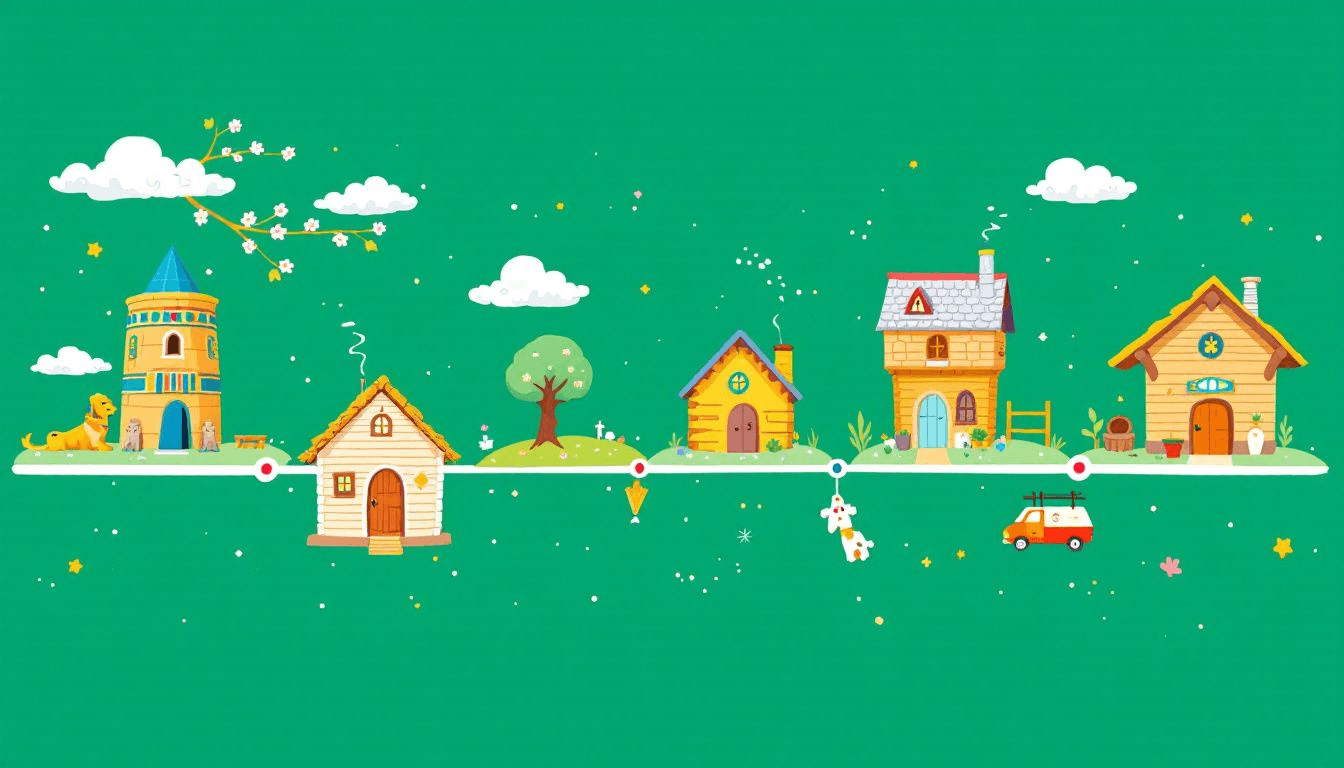
The evolution of tiny house designs showcases innovation and creativity, resulting in a diverse array of homes. From shipping container houses to park model homes, the movement has continually adapted to meet the needs and preferences of its dwellers.
Technological advancements, particularly in 3D printing, have further transformed how tiny homes are constructed, allowing for greater customization and efficiency.
Mobile Tiny Houses
Mobile tiny houses, often mounted on wheels, offer unmatched flexibility and ease of relocation. These homes typically measure less than 8 by 20 feet, with livable space around 120 square feet or less. This compact size is perfect for those seeking a minimalist lifestyle without sacrificing mobility in a small space.
Park model homes, a popular type of mobile tiny house, blend the features of mobile living with modern conveniences. These homes can be up to 400 square feet and offer all the amenities of a traditional home, making them attractive for those who want the best of both worlds. Their affordability, efficiency, and mobility make park model homes a favorite among tiny house enthusiasts.
Bus conversions have gained popularity, offering unique customization and practical living solutions. These mobile tiny houses can be equipped with plumbing and electrical systems, transforming old buses into comfortable, functional homes. The trend of bus conversions highlights the creativity and adaptability of the tiny house movement.
Earthships, another type of mobile tiny house, can be easily disassembled and reassembled at new locations. These eco-friendly homes emphasize sustainability and self-sufficiency, reflecting a growing desire for personalized and environmentally conscious living spaces.
Fixed Tiny Houses
Unlike their mobile counterparts, fixed tiny houses are permanently installed in one location. This stability offers various advantages, such as diverse design options and the use of different materials. Rustic tiny homes, for instance, are often constructed from wood, stone, and metal, creating a unique aesthetic that blends with natural surroundings.
These homes offer a stable living option, ideal for those who prefer a permanent residence. Fixed tiny houses focus on efficient use of space and resources, aligning with the principles of the tiny house movement. Their design often reflects a minimalist lifestyle, prioritizing functionality and simplicity.
The evolution of fixed tiny houses illustrates the movement’s adaptability and commitment to sustainable living. By offering stable, well-designed homes, the tiny house movement continues to provide viable housing solutions for diverse needs.
Legal and Regulatory Milestones
The growth of the tiny house movement has been significantly influenced by changes in legal and regulatory frameworks. In 2016, the International Code Council included a tiny house appendix in the 2018 International Residential Code, marking a major advancement in legal recognition. This milestone paved the way for more widespread acceptance and implementation of tiny homes.
Fresno, California, became the first U.S. city to officially include authorization for tiny homes in its development code, representing a significant legal milestone. This move set a precedent for other cities, leading to more flexible zoning laws accommodating tiny dwellings. Similarly, Portland, Oregon, amended its housing regulations in 1997 to allow Accessory Dwelling Units (ADUs), facilitating the inclusion of tiny houses in its housing strategy.
Despite these advancements, tiny house owners still face challenges such as legal zoning issues, habitability concerns, and the need for adequate storage solutions. Building permits and adherence to state and county regulations can vary significantly, adding complexity to tiny house living.
However, towns like Spur, Texas, have introduced flexible zoning codes, making them tiny house-friendly and setting an example for others to follow.
Media Influence on the Tiny House Trend
Media has played a pivotal role in popularizing the tiny house movement, making it a household term. Reality television shows like ‘Tiny House Nation’ and ‘Tiny House Hunters,’ both debuting in 2014, brought the concept of tiny living into the mainstream. These shows highlight the design and construction of tiny homes, sparking interest and inspiration among viewers.
‘Tiny House Nation’ follows individuals and families as they build and move into tiny homes, showcasing the challenges and rewards of tiny house living. ‘Tiny House Hunters’ illustrates the practical considerations of downsizing, helping viewers understand the benefits and trade-offs of smaller spaces. Together, these shows have fostered growing acceptance and enthusiasm for the tiny house lifestyle, appealing to a broader audience.
Media influence extends beyond television, with social media platforms playing a significant role in spreading awareness and normalizing tiny house living. Online communities and influencers share their experiences and insights, further fueling the tiny house trend and encouraging more people to explore this alternative way of living.
Environmental Benefits of Tiny Living
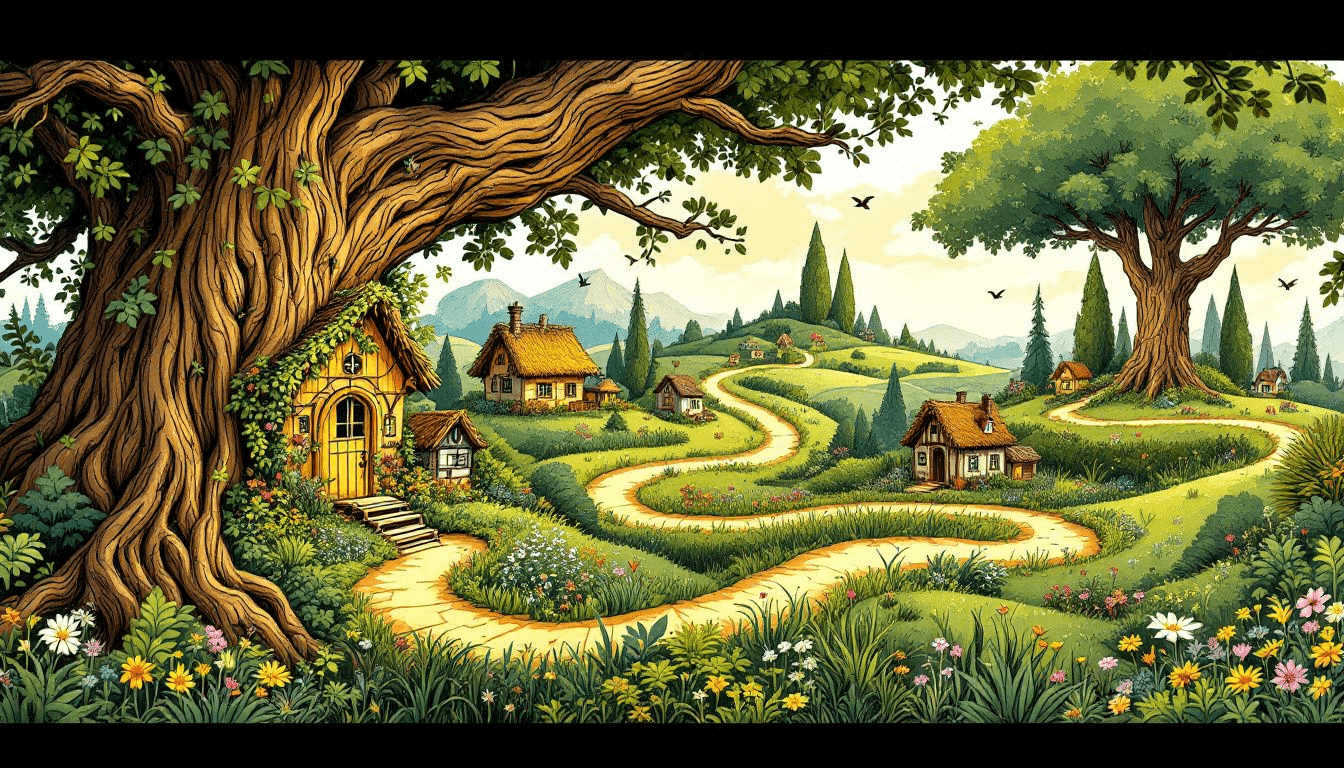
Tiny houses offer numerous environmental benefits, making them an attractive option for those looking to reduce their ecological footprint. One significant advantage is the reduction in energy consumption. Studies indicate that tiny homes can cut energy usage by about 45%, thanks to their smaller size and efficient design. This reduction is achieved through needing fewer appliances and a smaller space to heat and cool.
Constructing tiny homes requires significantly fewer building materials, leading to lower manufacturing emissions. Many tiny houses use eco-friendly materials and recycled components, further minimizing their environmental impact. Additionally, tiny homeowners often engage in sustainable practices such as rainwater collection, small gardens, and composting, promoting a lifestyle that prioritizes environmental consciousness and self-sufficiency.
Living in a tiny house encourages minimalism, resulting in fewer possessions and less waste. The movement promotes a sustainable lifestyle that saves resources, reduces utility bills, and fosters a greater connection with the natural environment. By choosing tiny living, individuals can significantly lower their environmental footprint and contribute to a more sustainable future.
Future of the Tiny House Movement
The future of the tiny house movement looks promising, driven by technological advancements and a growing desire for sustainable living. As urban areas expand and housing becomes increasingly unaffordable, the demand for tiny houses is likely to rise. Innovations in smart home technologies and sustainable building materials will make tiny houses even more appealing, offering enhanced comfort and efficiency.
The movement promotes a minimalistic lifestyle, which resonates with a broad audience seeking to simplify their lives and reduce their ecological footprint. This shift in values, coupled with the practical benefits of tiny living, suggests that the tiny house trend will continue to gain popularity in the coming decades.
As more people embrace tiny living, we can expect to see a proliferation of tiny house communities and a greater acceptance of this alternative housing solution. In the next few decades, tiny houses could play a significant role in addressing housing shortages, particularly in urban areas. By offering affordable and sustainable housing options, the tiny house movement has the potential to reshape our understanding of the American Dream, emphasizing quality of life over the size of one’s home.
Summary
The tiny house movement, rooted in historical inspirations and driven by modern pioneers, has evolved into a powerful social and environmental force. From addressing homelessness and disaster relief to promoting sustainable living and reducing our ecological footprint, tiny houses offer a multitude of benefits. The movement’s growth has been supported by media influence, legal advancements, and a shift toward minimalistic values.
As we look to the future, the tiny house movement promises to continue its impact, offering innovative and affordable housing solutions. By embracing tiny living, we can create a more sustainable and fulfilling way of life. The journey of tiny houses is a testament to the power of simplicity, creativity, and community. So, whether you’re considering a tiny home or simply curious about the movement, the world of tiny houses has something to offer everyone.
Frequently Asked Questions
What inspired the tiny house movement?
The tiny house movement was inspired by the philosophy of simple living championed by figures like Henry David Thoreau, emphasizing minimalism and sustainability in modern, compact designs. This movement promotes a lifestyle that values experiences and financial freedom over material possessions.
Who are some pioneers of the modern tiny house movement?
Pioneers of the modern tiny house movement include Jay Shafer, founder of Tumbleweed Tiny House Company, and Sarah Susanka, author of ‘The Not So Big House.’ Their commitment to simplicity and sustainability has profoundly shaped the movement.
How have tiny houses been used to address homelessness?
Tiny houses serve as a viable solution to homelessness by offering affordable and supportive housing in projects like Quixote Village and Community First! Village, specifically catering to vulnerable populations such as veterans and those recently released from incarceration. This approach effectively addresses the immediate housing needs while fostering community support.
What are the environmental benefits of living in a tiny house?
Living in a tiny house significantly reduces energy consumption by approximately 45% and minimizes the use of building materials, resulting in a smaller ecological footprint. This lifestyle also encourages sustainable practices such as rainwater collection and composting.
What does the future hold for the tiny house movement?
The future of the tiny house movement appears bright, fueled by rising urbanization and housing affordability challenges. As technology progresses, the efficiency and allure of tiny homes are expected to grow, further driving their popularity.


